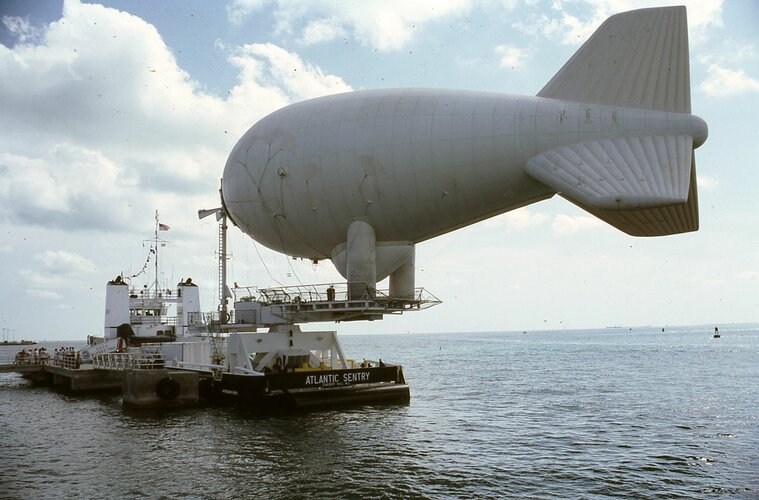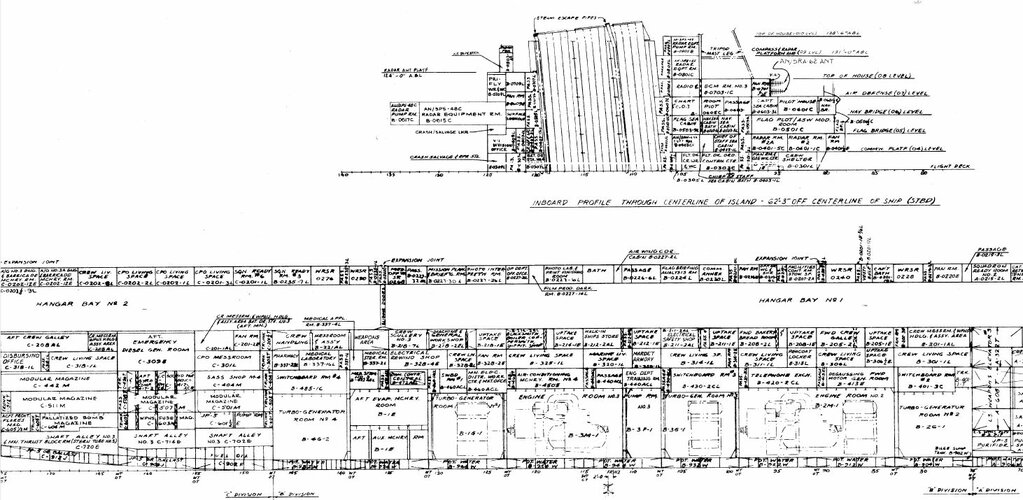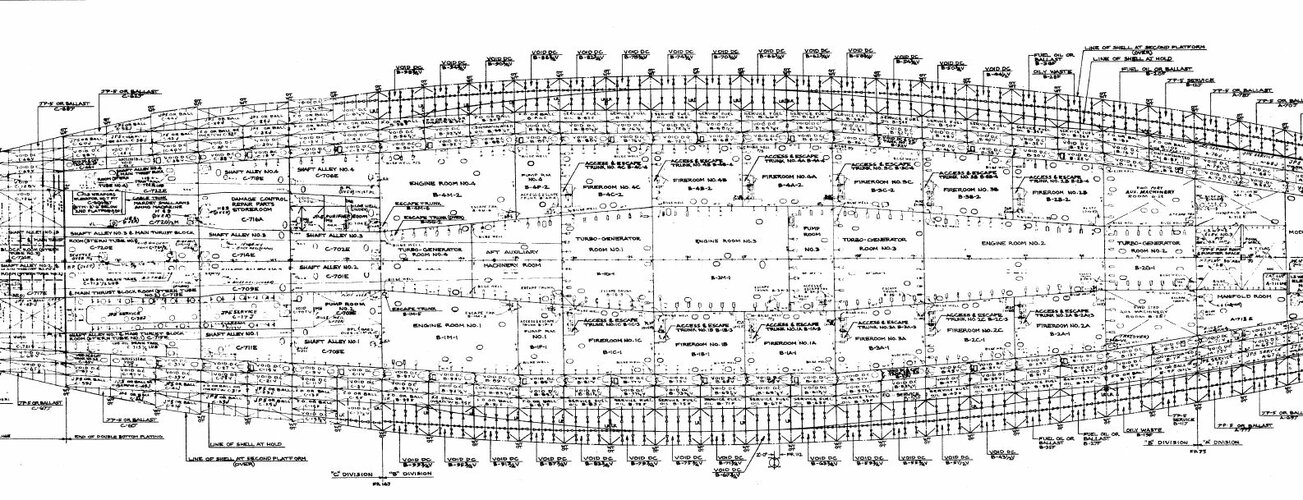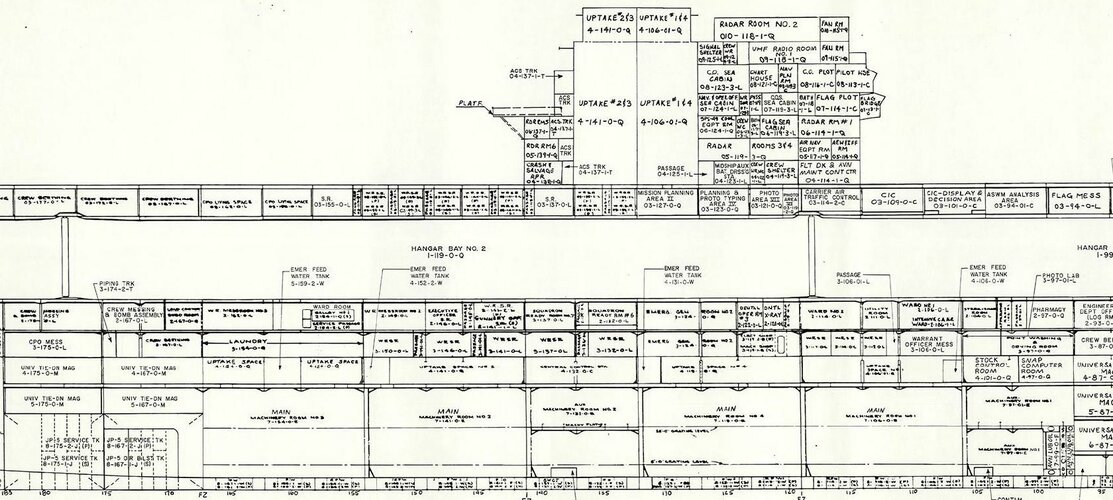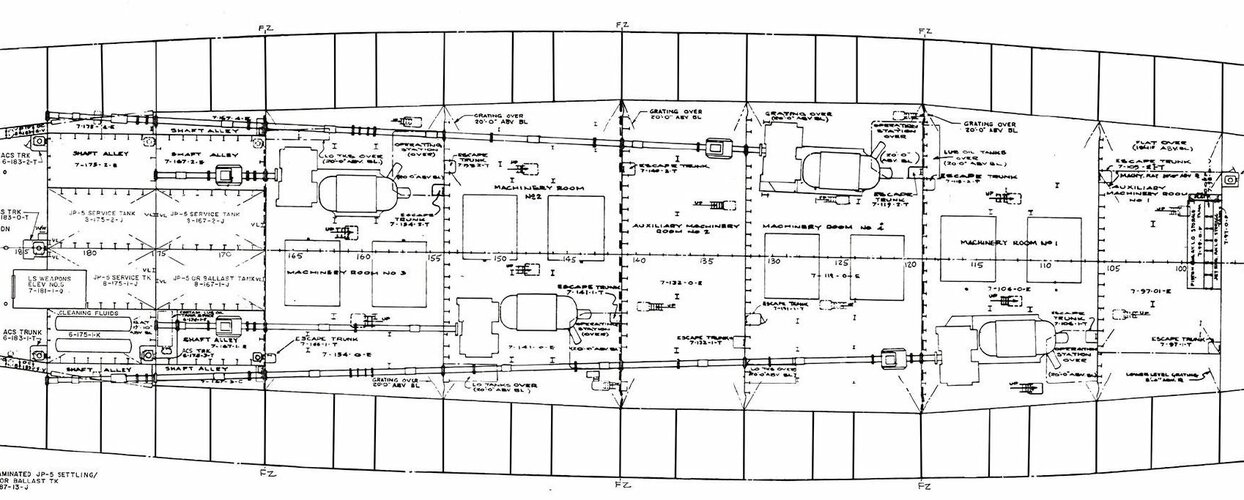Assuming the driver for a CVL compared to CVN’s, is to try to bring carrier costs back to 1980's levels to enable Navy to fund larger and more balanced fleet? In the 1980s, the carrier strike group cost about 14 percent of the total Navy operating cost. Today it’s 31 percent."
Yes this is the crux of the issue - the modern carrier force has become too gold plated to its own good (much like the rest of the USN surface combattant force).
Sadly I don’t think smaller carriers are the answer. They may be part of the answer, but what is needed is a complete 360 rethink of how the USN does carrier warfare:
- Propulsion: Nuclear power is simply uneconomic. The USN needs much better reasons why it continues to cut into other higher priority items like hull numbers to pay for such a capability.
- EMALS, AAG and the fancy new weapons elevators are uneconomic, much like all the other electromagnetic toys that have never proven their worth (rail gun etc). The USN needs to revisit why steam cats and hydraulic systems won’t do until the technology matures.
- Manning is still way too high.
- Shipyards: it’s time to put pressure on Newport News’ monopoly on carrier building. Give some / all the work to other yards like NASSCO.
- Build rates: Investigate the benefits of increasing the build rate.
- Simpler, not smaller, carriers: Maximise systems commonality with other ships (like DDG-1000 propulsion and FFG(X) sensors and combat system). Aim for as few bespoke systems as possible, ruthlessly eliminate any hint of gold plating.
- Reduce forward presence: if this can be done by fewer CVBGs or smaller CVBGs then do it to save on operating costs.
- Increase focus on dual carrier ops for high-intensity warfare... stop trying to cram all the capability you need in only one hull.
If the above approach comes back with a recommendation for slightly smaller, cheaper carriers (60,000-80,000 tons), then so much the better, but don’t start with carrier size as the main objective.

